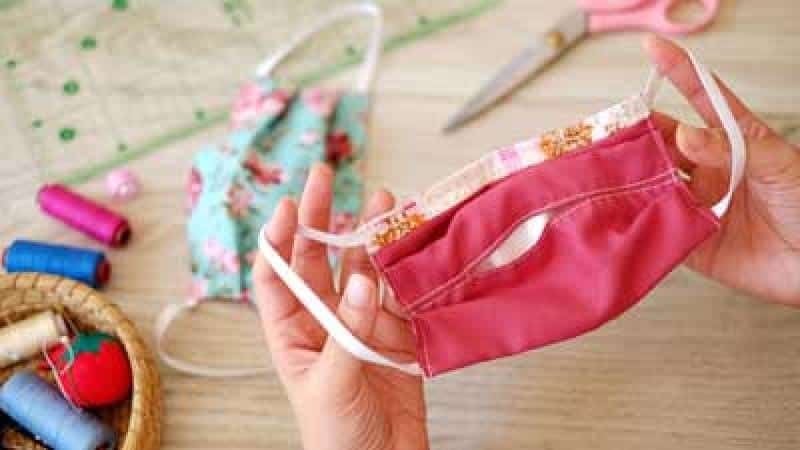COVID-19 UPDATE
By Gina C Pervall, MD
The Centers for Disease Control and Prevention (CDC) recommendations and State requirements on the use of face coverings can appear conflicting and confusing. Let’s start with the basics. The coronavirus is mainly spread from person-to-person. An individual infected with coronavirus spreads the disease through respiratory droplets produced from a cough, sneeze, or even talking. Studies show that many individuals infected with coronavirus can spread the disease before they show symptoms. Protecting yourself and others includes avoiding individuals who are sick; social distancing of six feet or more; maintaining clean hands; disinfection of frequently touched surfaces; and covering your mouth and nose with a cloth face covering when around others.
Wearing face coverings in public settings has been recommended by the CDC as a voluntary public health measure to slow the spread of the virus. This CDC recommendation excludes young children under age 2, anyone who has trouble breathing, or is unconscious, incapacitated or is unable to remove the mask without assistance. However, several states have determined that this discretionary use of face coverings is inadequate and have developed requirements regarding the use of face coverings. These requirements vary state-to-state and may require that face coverings: be used by both customers and employees in essential businesses; be worn when taking public transportation; and be worn on construction sites. Having established requirements, some states require that entry be denied to customers who refuse to wear face coverings. Check with your individual state for its requirements.
 Recommended face coverings for the general public do not include surgical masks or N-95 respirators as these supplies should be reserved for healthcare workers and medical first responders. Face coverings for the general public can be made at home from common household items to cover both your nose and mouth (links below). Face coverings should especially be worn in areas where 6-feet social distancing is difficult to maintain and in areas of significant community-based transmission.
Recommended face coverings for the general public do not include surgical masks or N-95 respirators as these supplies should be reserved for healthcare workers and medical first responders. Face coverings for the general public can be made at home from common household items to cover both your nose and mouth (links below). Face coverings should especially be worn in areas where 6-feet social distancing is difficult to maintain and in areas of significant community-based transmission.
Whether voluntary or a state requirement, face coverings help to slow the spread of coronavirus. Protect yourself and others by wearing face coverings in public settings.
Remember:
- Avoiding exposure is the best way to prevent infection.
- Wearing face coverings helps to slow the spread.
- Do NOT use a facemask meant for a healthcare worker.
- Face coverings are not a substitute for maintaining 6-feet social distancing, disinfecting, and washing hands.
Links to CDC websites with instruction on making and maintaining homemade face coverings.

